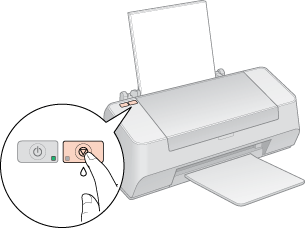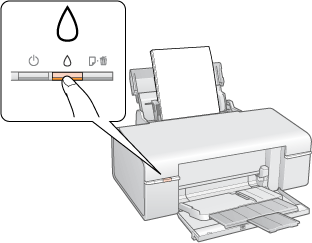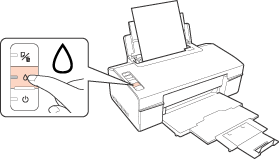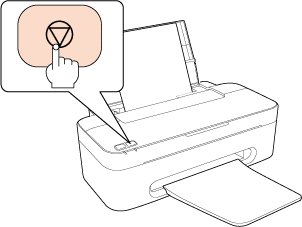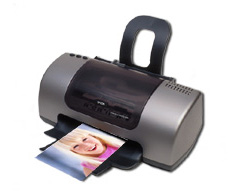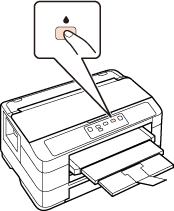
Universell skrivarrengöringssats avblockera skrivhuvud munstycken rengöring spolning : Amazon.se: Elektronik
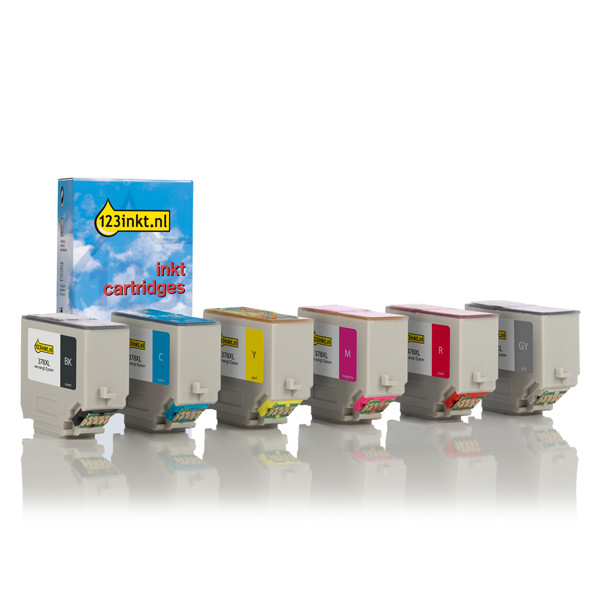
Expression Photo XP-15000 Expression Välj skrivarmodell Epson Bläckpatroner Epson 378 svart bläckpatron (original) 123ink.se

Expression Photo XP-8500 Expression Välj skrivarmodell Epson Bläckpatroner Epson 378 (T3788) BK/C/M/Y/LC/LM bläckpatron 6-pack (varumärket 123ink) 123ink.se
Epson Stylus Photo R2880 | Fotoskrivare | Bläckstråleskrivare | Skrivare | Produkter | Epson Sverige
Epson Stylus Photo 1500W | Fotoskrivare | Bläckstråleskrivare | Skrivare | Produkter | Epson Sverige
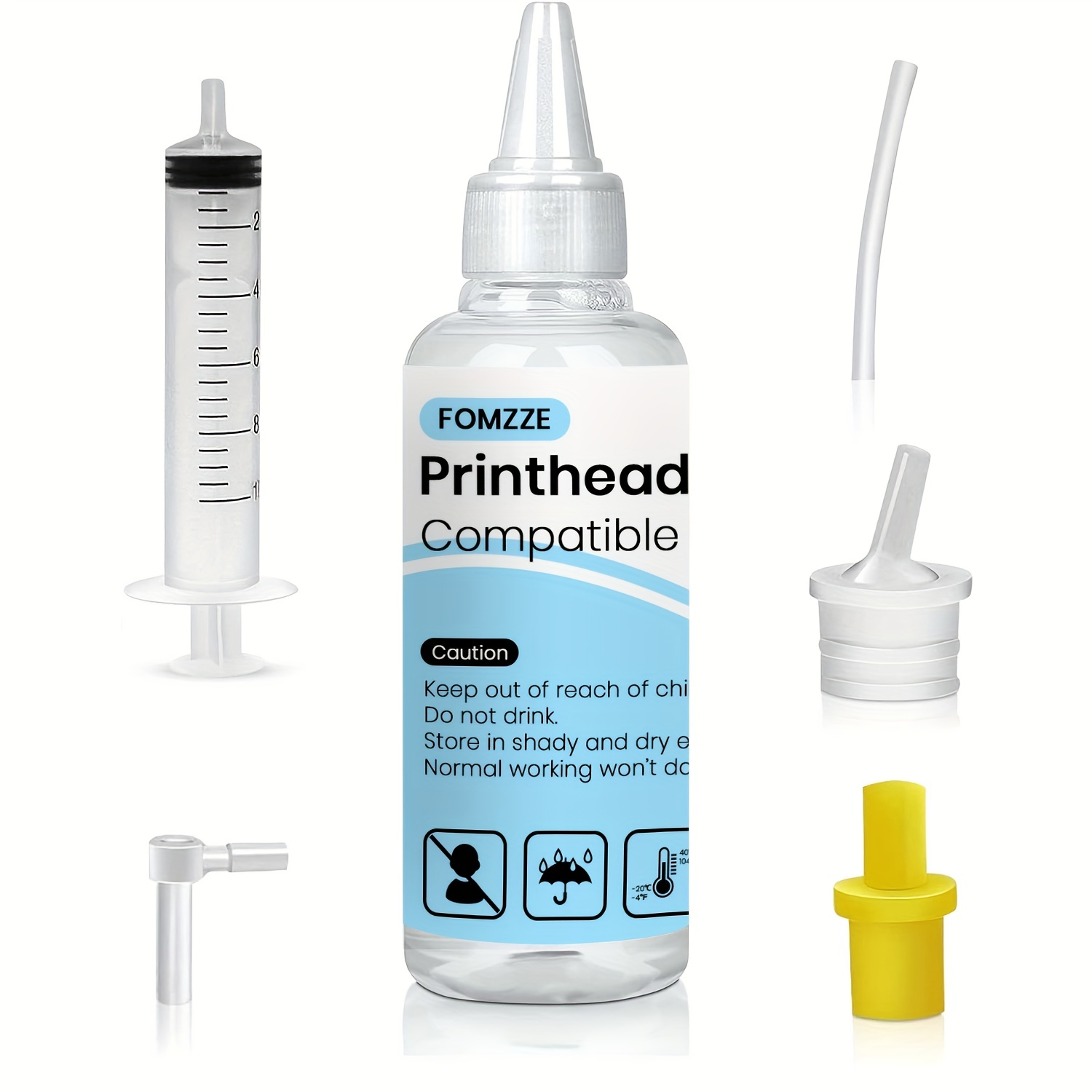
Inkjet-skrivare Printhead Cleaning Kit För De Flesta Flytande Skrivare Fungerar På Sublimeringsbläck, Pigmentbläck Och Färgbläck (100 Ml) - Temu Sweden
Epson Stylus Photo R1900 | Fotoskrivare | Bläckstråleskrivare | Skrivare | Produkter | Epson Sverige

Universell skrivarrengöringssats avblockera skrivhuvud munstycken rengöring spolning : Amazon.se: Elektronik




